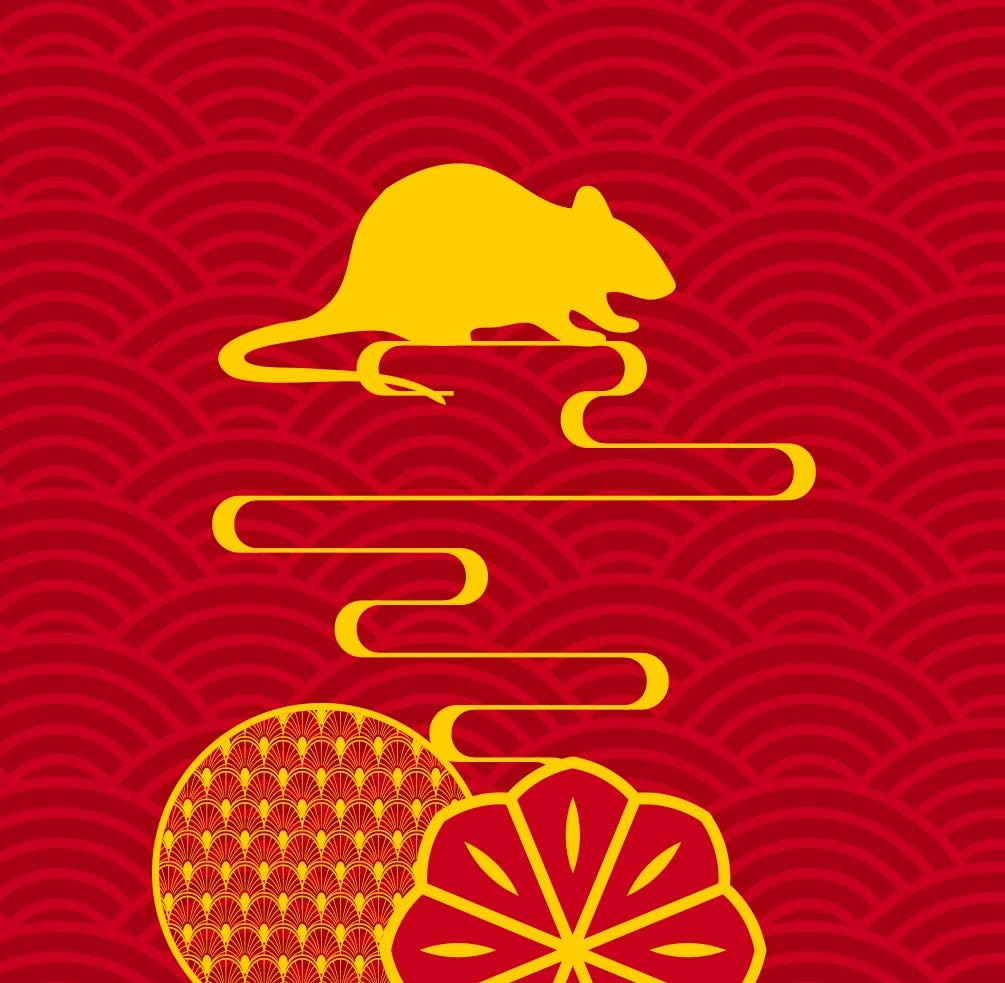The Chinese Calendar series presents a new animal every year. 2022: year of the tiger.
The tiger is the third sign of the zodiac, and an earthsign. It is considered as brave, fighting and powerful but also cruel, vindictive and terrifying. The Tiger symbolises power and solitude. In the past, people often compared emperors and high dignitaries to this animal.
Surrounded by a circle of traditional Chinese patterns, a Tiger is featured in the center of the coin. He goes through the coin using the door displayed on the reverse. The ideogram of the Tiger appears on the left ofits representation and was calligraphed by a famous artist, Xian Ying Hong. They eardate and the inscription "Year of the Tiger " appear at the bottom, in the extern circle.
The reverse shows all the animals of the Chinese zodiac. They are all featured on a screen surrounding a traditional Chinese templedoor. From 2018 to 2029 a complete cycle of the Chinese zodiac will be composed. Each of these twelve years therefore features an animal from this calendar. The face value is visible at the top left and the “RF” mention is on the door.









